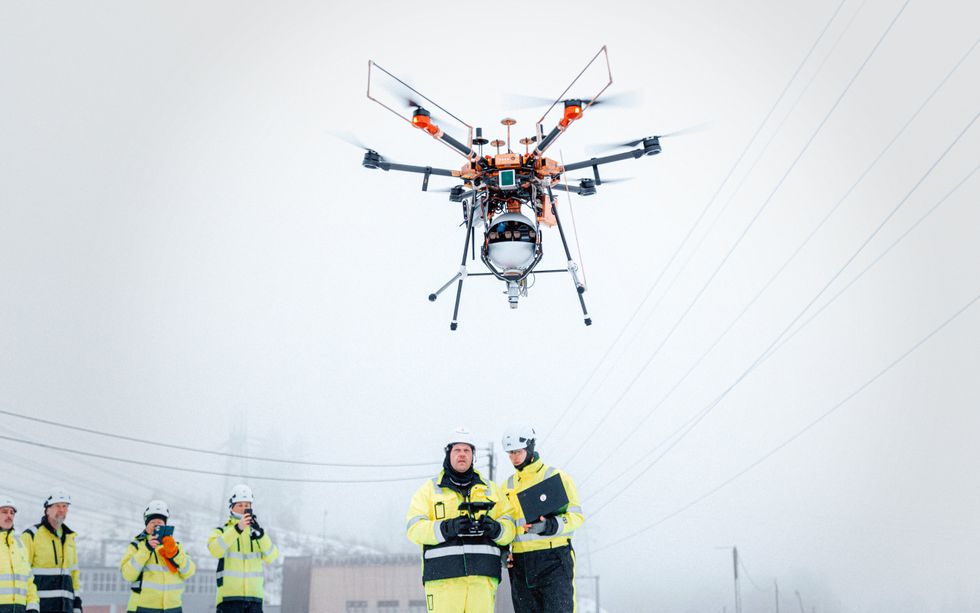Now Reading: Addressing Power Grid Congestion: A Viable Solution Emerges
-
01
Addressing Power Grid Congestion: A Viable Solution Emerges
Addressing Power Grid Congestion: A Viable Solution Emerges

Swift Summary:
- Heimdall Power’s “Neuron” devices are installed on power lines to monitor real-time environmental conditions impacting capacity.
- The technology, known as Dynamic Line Rating (DLR), leverages data like line sag, ambient temperature, and wind speed to optimize energy transfer.
- DLR allows utilities to maximize existing grid infrastructure without extensive and costly upgrades, improving efficiency and capacity for high-voltage transmission lines.
- DLR tools address power grid congestion caused by increased demand for renewable energy generation and electrification.
- Companies like Heimdall Power, Linevision (using Lidar sensors), and Gridraven (relying on machine learning) offer varying solutions for monitoring power line capacities globally.
- Heimdall’s technology has helped increase transmission capacity in the U.S., with recent projects covering 13 states. Other companies have implemented similar systems in Europe with reported savings for consumers.
Indian Opinion Analysis:
The concept of Dynamic Line Rating offers a practical and cost-effective solution to global grid congestion-an issue relevant not only in Europe or North America but also in India. With India heavily investing in renewable energy projects such as solar parks and wind farms alongside expanding electrification demands,ensuring efficient utilization of existing power grids will be critical. Technologies like those offered by Heimdall can perhaps provide Indian utilities a way forward while awaiting new transmission developments that often require lengthy regulatory clearances.
India’s high ambient temperatures could pose unique challenges when compared to regions where DLR systems are already deployed extensively. However, embracing real-time monitoring tools tailored for local conditions may minimize reliance on conservative static ratings plagued by inefficiencies. Additionally, innovations like hyperlocal wind forecasting could help support integration of renewable sources into India’s increasingly strained electric networks.
While the immediate adoption might focus more on pilot programs or partnerships involving advanced sensors or AI-based forecasting technologies similar to Gridraven’s approach seen abroad, scalable deployments could eventually lower costs for end users if efficiency gains prevent price hikes linked with congestion challenges found worldwide.
























